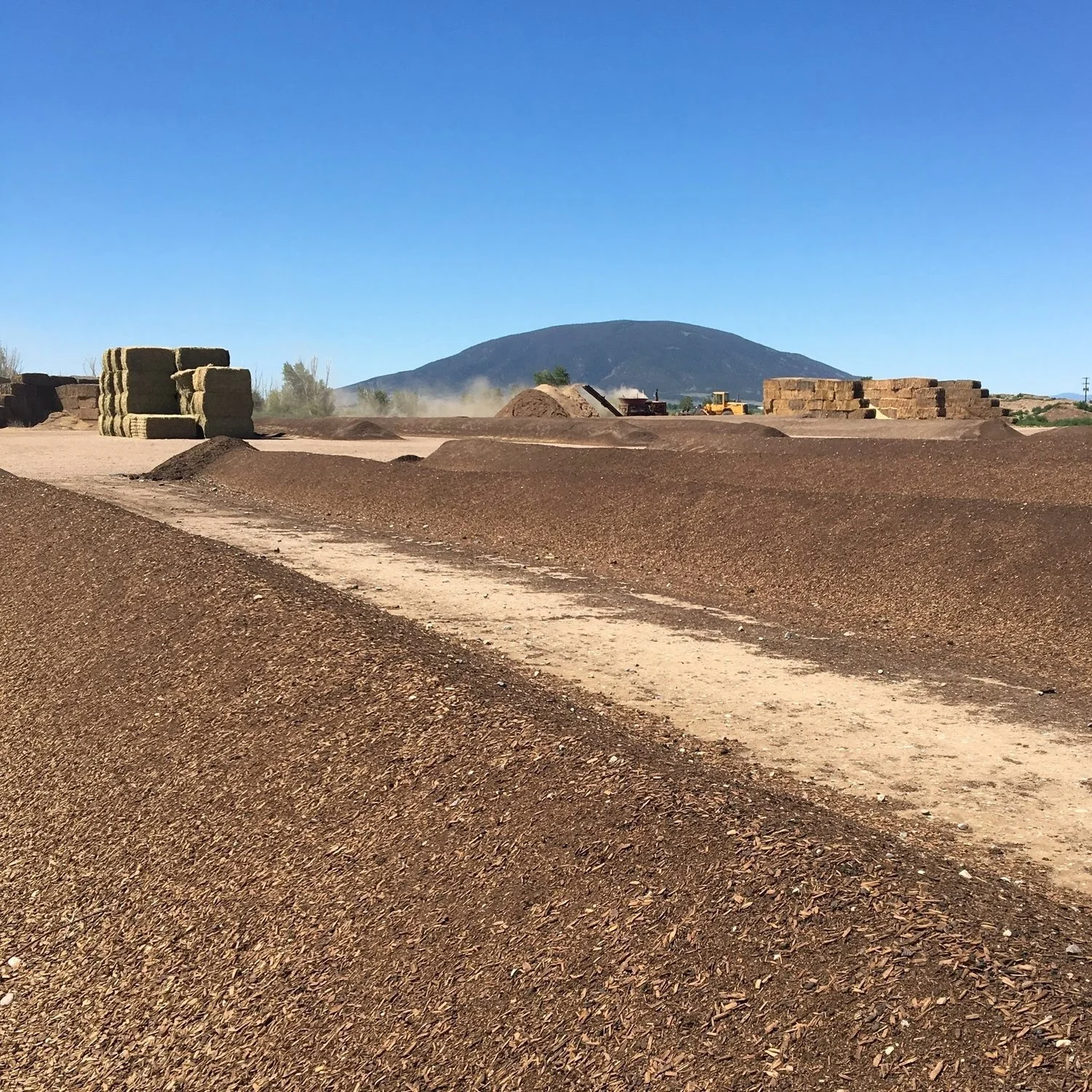Grantee Spotlight: Compost Project In The San Luis Valley
The San Luis Valley of Colorado is an important agricultural area that is under a multitude of threats- both environmental and socio-economic. In an area that receives only 8” of precipitation per year, groundwater is vitally important to the region’s farming economy. While policies have been put in place to regulate groundwater use, the region’s aquifer has been depleted and farmers face restrictions on water use that could devastate the economy of Alamosa and the surrounding area.
In 2018, the Mosca-Hooper Conservation District, Soil Health Services, and the Soil Carbon Coalition came together to create the San Luis Valley Soil Health group with the mission to address the pressing issues facing farmers in the region. Patrick O’Neill, a soil health specialist, volunteers as the group’s coordinator.
In January of last year, Dr. David Johnson gave a presentation to the group about fungal dominant static compost, which has been showing promising results in test plots at New Mexico State University, where Dr. Johnson is a research scientist. This type of compost builds soil health year-over-year with only one initial application, and increases the soil’s ability to retain moisture.
Learn more about Dr. Johnson’s research at New Mexico State University here
After Dr. Johnson’s presentation, 16 local farmers decided to pool financial resources to develop a static compost pile on a large scale. The compost pile is currently in development, with field applications scheduled to start in the fall of 2019. In addition to improving the soil health of the fields where it is applied, the project is designed to be a learning opportunity for farmers, researchers, agencies, and lawmakers interested in soil health.
The New Belgium Family Foundation is partnering with other members of the Southwest Soil Health Funders Network to support this project with a programmatic grant. Together with our collaborators, we feel that this project has the potential to have an out-sized impact on improving economic and ecological farm outcomes in water-scarce climates.
Commercial compost is typically made using the windrow method, where water is mixed with wood chips and straw, then mechanically turned. The process uses a lot of diesel fuel, and the compost has a low microbial and fungal content.
Fungal-dominant static compost is created with a substrate of manure, straw, and woodchips. It is placed on palates so that air can circulate. Tubes are placed throughout the compost for more circulation. The tubes were recently removed and worms were added to the compost.


